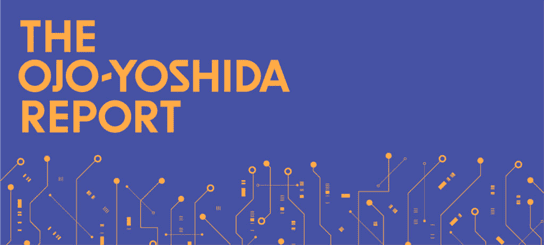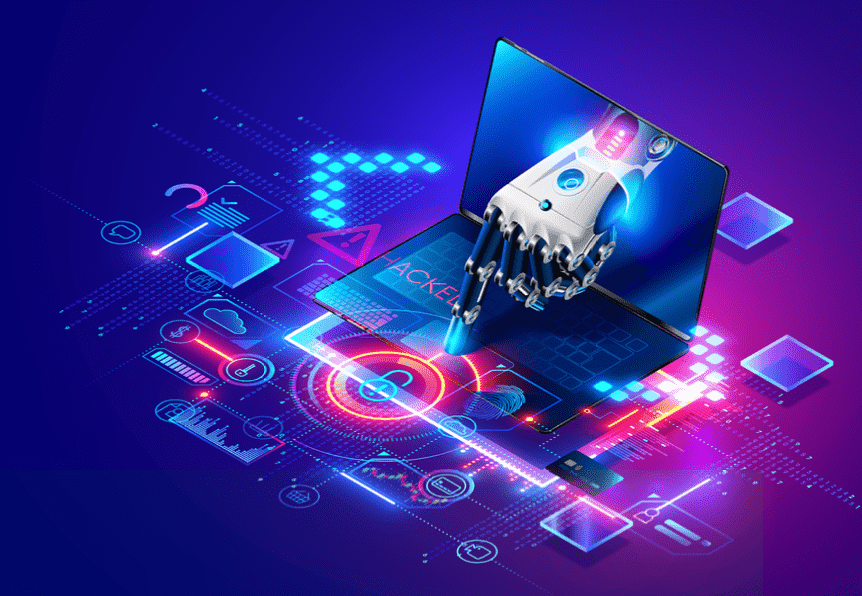
ChatGPT on Trial
Is That an AI in My Chip Design?
Gauging 'Reasonable Risk' in ChatGPT
ChatGPT & AI: Stop Panicking and Look at the Potentials
ChatGPT is Turbocharging Fraudsters
ChatGPT Will Eat Our Brains
Pay Attention, the Chatbots Are Talking
Is That an AI in My Chip Design?
By Ron Wilson
What’s at Stake:
Advances in AI could change the way chips are designed, potentially slashing design time, engineering staffing, and risk. Or they could be a huge, expensive distraction. Either way, AI is attracting attention and investment in the chip-design community.
Ever since the explosive debut of ChatGPT, a cascade of punditry — with varying degrees of information and understanding — has told us that this changes everything about creative human activities. Given the enormous investment and risk going into chip design in the semiconductor industry, we need to ask just how advances in AI will affect electronic design automation (EDA) — the engine that makes chip design possible.
Gauging 'Reasonable Risk' in ChatGPT

Since Open AI opened the door for anyone to play with ChatGPT last November, it seems as though the whole world can’t stop talking about it.
At the Ojo-Yoshida Report, Peter Clarke wrote a ChatGPT primer and declared it—despite its current idiosyncrasies — “an AI ‘babe in arms,’ destined to become far more capable and sophisticated.”
In contrast, Girish Mhatre, who penned “ChatGPT Will Eat Our Brains” for the Ojo-Yoshida Report, isn’t so sanguine. “The genie,” he cautioned, “is out of the bottle. Nothing will be the same again.” He suggests that OpenAI’s only responsible option is “to pull back, to restrict ChatGPT access to a trusted cadre of ‘tire kickers’ charged with probing every aspect of the product from a user point of view, for a year.”
Like everyone else, we’re probing both the intended and unintended consequences of generative AI.
Amidst this controversy, we recently had Missy Cummings as our podcast guest. Cummings is director of George Mason University’s Center for Robotics, Autonomous Systems and Translational AI. She was one of the Navy’s first female “top gun” fighter pilots, flying an F/A-18 Hornet from 1988-1999.
Below is our conversation with Cummings on ChatGPT and generative AI, excerpted from our podcast.
ChatGPT & AI: Stop Panicking and Look at the Potentials

By Bolaji Ojo
What’s at stake?
ChatGPT and generative artificial intelligence variants will be massively disruptive but that is no reason to react with the kind of apprehension that could stunt their use and deprive society of the benefits. Moreover, AI is here to stay, and its financial potentials are enormous.
The recent controversy over the fast adoption of ChatGPT and generative AI borders on hysteria. Having just broken into widespread use, the apprehension about how artificial intelligence will impact all aspects of economic and social lives is understandable. However, just like in the early days of the internet, we have not even begun to plumb the depths of how the technology will be applied in years to come.
ChatGPT is Turbocharging Fraudsters

Amid the hype, the various downsides of the ChatGPT artificial intelligence engine are emerging as bad actors once again seize upon a technology innovation for nefarious purposes.
Most notable, according to cybersecurity analysts, is using OpenAI’s algorithmic wonder to increase the lethality of malware code and Internet scams, or phishing exploits. For instance, reports have surfaced—presumably compiled and written by humans—that cybercriminals are bypassing guard rails installed by OpenAI on its chatty bot to upgrade malicious content and advance phishing exploits well beyond emails from Nigerian princes seeking business partners.
ChatGPT Will Eat Our Brains

By Girish Mhatre
In the latest of the zombie apocalypse sagas – HBO’s “The Last of Us” – a deadly, highly infectious fungal pathogen causes most of the world’s human population to morph into hordes of walking dead.
It’s art anticipating life.
The pathogen running rampant today is OpenAI’s ChatGPT, a natural language processing system of the class known as Large Language Models (LLMs). Think of it as a chatbot that’s light years ahead of the kind you might encounter on a web site.
Pay Attention, the Chatbots Are Talking

By Peter Clarke
What’s at stake:
We are at the dawning of an era of creative, generative AI that could turn out to be even more life changing than the internet. These bots, or their descendants, will be able to contribute significantly to a whole layer of professional work, from stockbroking to film- and music-making, journalism, software coding and possibly even chip design.
